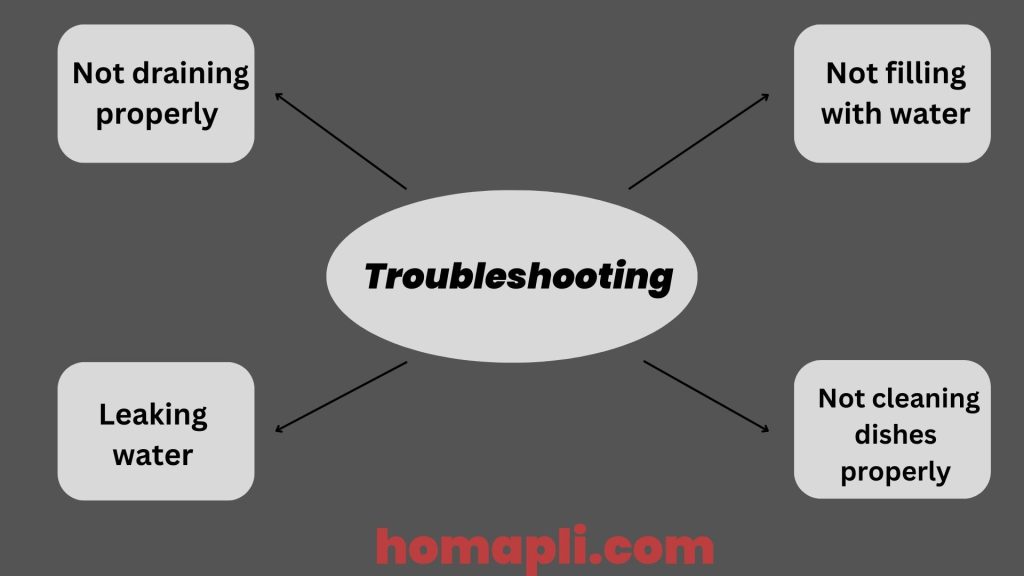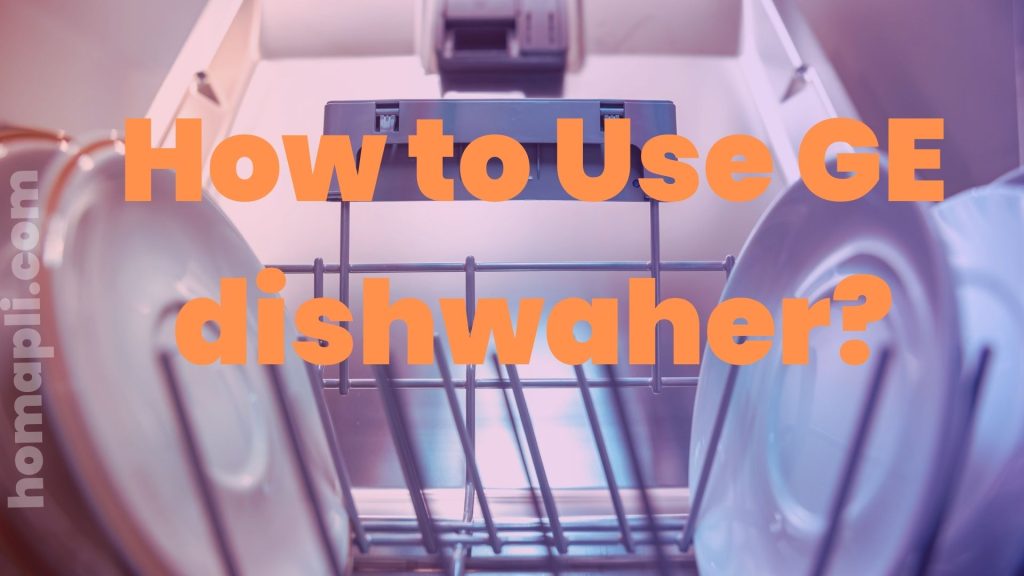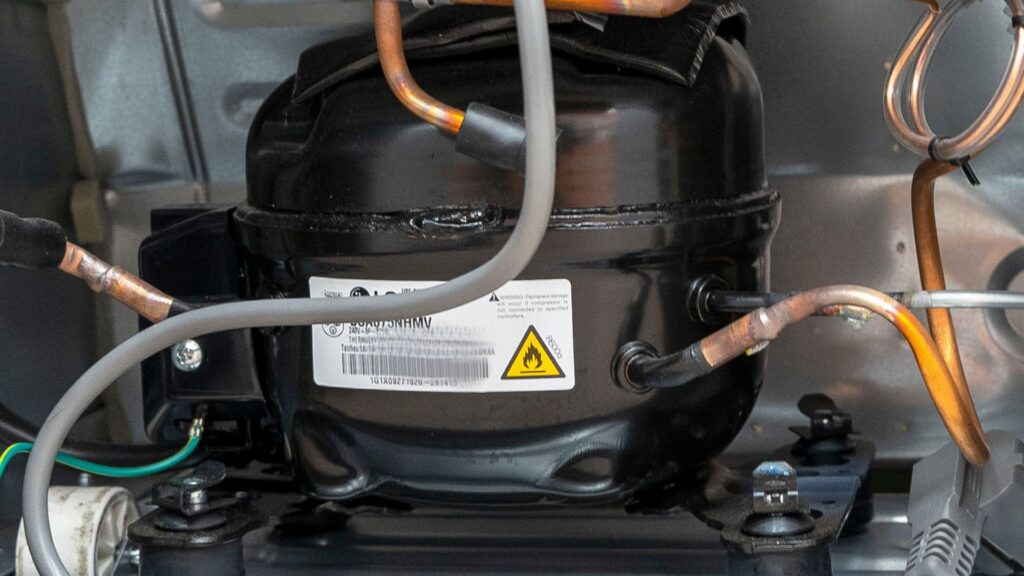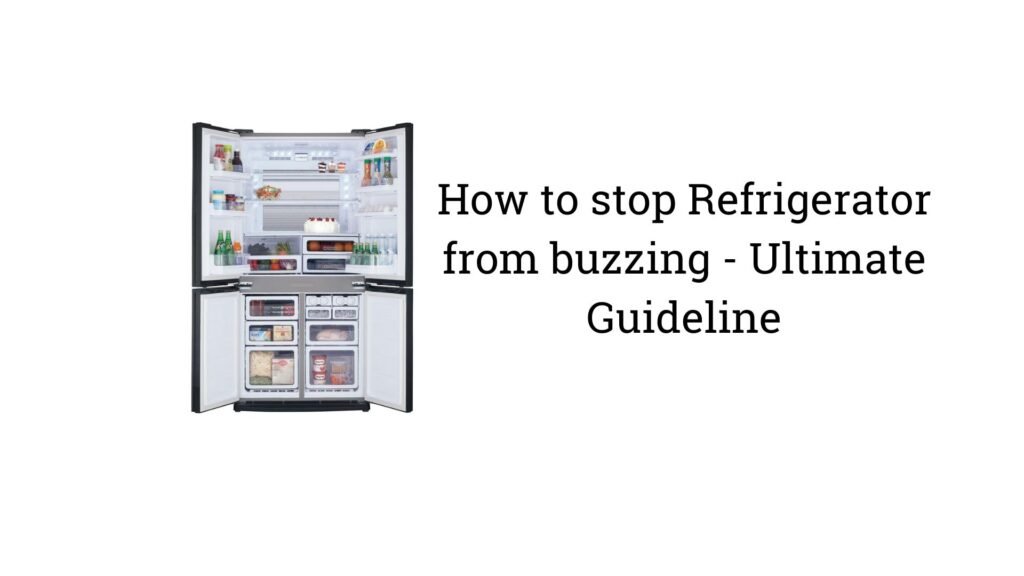Are you worried about not having the foggiest idea of how to use GE dishwasher? Don’t worry – you’re certainly not alone. Many people find operating a dishwasher for the first time somewhat daunting and are unsure where to start. Luckily, with some basic instructions and guidance, learning how to use your GE dishwasher is easy! In this blog post, we’ll go through all the necessary steps that will allow you to get up and running with this essential household appliance in no time!
What are the features of the GE dishwasher?
The GE dishwasher boasts a wide range of features that make it especially handy for any household. These include an adjustable upper and lower rack, allowing you to customize how you load your dishes; a stainless steel interior for easy maintenance; and an array of cycle settings, from light or normal wash cycles to heated drying options. Additionally, the GE dishwasher has a built-in food disposer and a powerful motor for fast, efficient cleaning.
How to set up the GE dishwasher
You’ll need to do some setup to get the most out of your new GE dishwasher. Start by unboxing the appliance and removing any packaging materials. Next, make sure it is situated on a level surface to ensure that it operates correctly. Then connect the dishwasher to your water supply and secure it with screws if necessary. Finally, plug the power cord into an outlet, and you’re ready to start using your GE dishwasher!
How to properly load a dishwasher
When loading your GE dishwasher, do so in an organized manner. Place the dirtiest items on the bottom rack and the least dirty items on the top rack. Make sure that all dishes are faced downward to allow water to reach them more easily. Heavily-soiled pots and pans should be placed on the lower rack with their handles up. Be sure to keep anything electrical or fragile away from the sides and bottom of the dishwasher. To ensure that all dishes are cleaned, avoid overloading the racks with too many items.
How to clean your dishwasher
Cleaning your GE dishwasher is important to keep it running smoothly and efficiently. However, it doesn’t have to be done regularly. Depending on how hard your water is, you may only need to clean it every three months or so. Start by removing all dishes from the dishwasher and then cleaning off any food scraps or particles from the bottom. Make sure you don’t let anything sit for too long, as this can cause buildup. Once the dishwasher is empty, you can start cleaning it properly.
Run a cycle with white vinegar in the detergent cup for a deep clean. Additionally, you can use a mild abrasive cleanser like baking soda. Sprinkle the cleaner over the bottom of the dishwasher and then run a cycle with hot water. This will help to break down any stuck-on food particles or grease. When the cycle is finished, dry the interior with a soft cloth.
You may also want to clean out any filters in your dishwasher to ensure it runs properly. Look at the bottom of your dishwasher to locate the filter, then remove it carefully. Use warm water and a soft-bristled brush to scrub the filter clean gently. Once you have removed all debris and dirt, replace it in the dishwasher and run a cycle with hot water.
Troubleshooting tips for GE dishwashers

Troubleshooting common problems with GE dishwashers is a simple matter that can be done in just a few steps. Before attempting any repairs, unplug the machine and read the user manual. Make sure to use genuine GE replacement parts if any repairs are necessary. Here are some of the common issues you may face with your GE dishwasher:
1. Not draining properly: Check for a clogged drain hose and debris inside the dishwasher. Clean out the drain hose and ensure nothing is blocking it. If there is a filter inside the machine, ensure it is clean.
2. Leaking water: Check for loose or broken hoses or connections. Tighten any loose clamps and replace any damaged parts with genuine GE replacement parts.
3. Not filling with water: Check the water supply and ensure it is turned on fully. If the problem persists, check for a blocked inlet valve or float switch issues. Clean out debris from the inlet valve and replace worn-out float switches with genuine GE parts.
4. Not cleaning dishes properly: Ensure the filter is clean and clear of debris. If you are using a detergent, ensure it is not expired or overly concentrated. Try running the dishwasher with a special cleaner to remove any built-up residue on the interior walls.
These tips should help you troubleshoot your GE dishwasher and get it working correctly again. While some repairs may require more in-depth knowledge, most of them are relatively easy to fix. Just remember to use genuine GE replacement parts when making repairs.
Conclusion:
GE dishwashers can be a huge asset to any home. With proper maintenance and troubleshooting, you can keep your dish. The washer runs smoothly and effectively. Taking the time to learn how to troubleshoot some common issues can help keep your dishwasher in great condition for many years to come.
FAQs:
Q1: How often should I clean my GE dishwasher?
A1: The filter should be cleaned or replaced weekly, and the interior walls of the dishwasher should be cleaned with a special cleaning solution every couple of months.
Q2: What kind of detergent should I use in my GE dishwasher?
A2: You should use either powder or liquid detergents that are specifically designed for use in dishwashers. Do not use any detergent that is expired or overly concentrated.
Q3: How can I tell if the inlet valve and float switch need to be replaced?
A3: If your dishwasher is not filling with water, then you should check for a blocked inlet valve or float switch issues. You can test the float switch by listening for a clicking sound when the water starts to fill up. If there is no click, then it is likely that the float switch needs to be replaced with a genuine GE replacement part.
Q4: What should I do if my dishwasher is not draining properly?
A4: Check for a clogged drain hose and debris inside the dishwasher. Clean out the drain hose and ensure nothing is blocking it, then check the filter inside the machine and ensure it is clean. If needed, replace any worn-out parts with genuine GE replacement parts.



